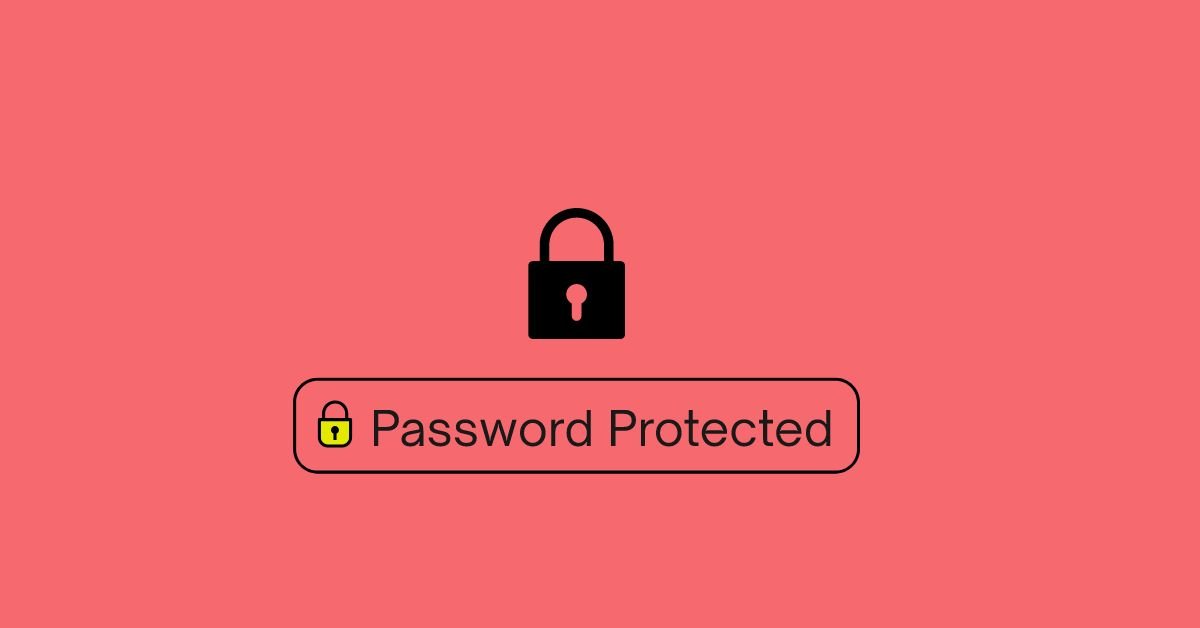50 best examples of 10 character password

Have you ever made a password using symbols, capital and small words, or a random combination? But the next day, you don’t remember it. Protecting your online presence has become an urgent need in today’s rapidly evolving digital market. Cybersecurity experts believe that longer and more complex passwords are more secure. But how do you remember such long, intricate passwords?
No doubt, random and long passwords are more resistant to guessing attempts because they do not follow typical patterns. We’ll give you some excellent strategies for creating passwords that are easy to remember and challenging to guess.
How long should a password be?
Long and length passwords are difficult to crack. But how much should be the length? According to some estimates 12 characters password is recommended as the minimum for optimal security, as it offers a good balance between complexity and manageability. However, a 10-character password is still strong enough for most purposes and provides a solid level of security. It’s all about finding the right balance based on your specific needs and the security context you’re dealing with.
Why you should opt for 10 Chracters
Below are some reasons that you should opt password with minimum 10 characters.
10 steps to create complex but easy to remember password
1. Choose the Length of your password
Choosing the length of your password is a crucial first step in creating a secure password. A longer password typically provides better security for example it takes more time to crack “daisypurplecat” than simple “purplecat”.
Many password strength checker websites recommend a minimum length, often around 8 to 12 characters, to ensure adequate protection.
2. Choose some base word or Phrase
Select a phrase that is meaningful to you but not easily guessable by others. Try to mix up things like youu can create you cat name with your school name like “daisyoxford”. Both are totally different things but easy to remeber for you.
Incorporate things that are personal to you but not easily accessible to others. M0unt@inH!ke#2024 is perfect example to as you go for hiking in 2024. You can mix things according to to your memories.
3. Add numbers in that
Numbers add an extra layer of complexity, making the password harder to guess. You can add something like year 24 or DOB 92 or yours son age etc. incorporating numbers along with uppercase letters, lowercase letters, and symbols creates a secure password.
4. Incorporate special chracters
Special characters in a password is an effective method to increase security and complexity. Special characters include symbols like !, @, #, $, %, ^, &, *, (, ), -, _, +, and =. But they are really hard to remember. Here is a tip you should choose one character like & 0r # whatever you like and add it at 2 random places in your every password.
5. Try to keep unique
Using unique and random combinations passwords prevents a breach in your data. For example it is a common practice that people always replace character “a” with “@”. You should not repeat the same thing. Try to create your own pattern.
6. Capitalize words Randomly
Random capitalization adds complexity and prevents attackers from using common patterns or guesswork based on capitalized words. Don’t always capitalize the first word as it is common now. Try something else like make 3rd word capital.
7. Test the strength
Testing a password’s strength with a password strength checker helps ensure that it meets latest security standards. As with time these strength checkers also upgrade their data. So always use latest trends.
8. Save it Somewhere
We may use passwords for many accounts and it is the worst practice to use same passwords for all accounts. We recommend storing passwords securely, such as in a password manager, that ensures you don’t forget them and helps maintain strong and unique passwords.
9. Avoid common Patterns
Avoiding common patterns (like name and DOB combination or keyboard patterns) as they are easy to predict and crack.
10. Simple Substitution
Using simple substitutions (like @ for a or & for 8) can add complexity but is often predictable. So choose random substitution that is difficult to crack.
50 best examples of 10 character passwords
1. P@ssw0rd1!
2. G8t$R3c!9
3. L1ght@2024
4. H@ppy#4You
5. J!nX9^m0Q
6. T!m3^R0ck
7. D3st!n@10
8. B!ue$5K9@
9. V1s!on#7T
10. Xy!2^R8Q@
11. F@st^C0d3
12. S3cr3t#2!
13. W!nd0w$7@
14. C0ffee^4!
15. M@g!c2023
16. R0ck$@3p!
17. L0ve^T!me
18. N0va!2$Xy
19. Q4#Z0ne@1
20. G!t$B3@d7
21. H0t^S!x9
22. D3s$@7M0
23. J@zz!8^V1
24. P@lm4!K3
25. C0ld$!9rT
26. F1sh^@p4X
27. T!me$R0k7
28. L@mp#2022
29. G9t^W!n0
30. S1ck^!P@r
31. H@ppy$5Q2
32. J0k3r!4@T
33. M@g!n0^1
34. P@ssw0r^2
35. R3b@!X8t
36. D!sh#5$P9
37. C!ty^2024
38. V0w^T!m3
39. N1ght$R!7
40. L0v3^P@ck
41. S@f3!1T2
42. W!z@rd$9R
43. Q!ck^M0v3
44. J@zz#5!9T
45. G0ld^P@ss
46. H!ghT!m3
47. D3sk$9^L@
48. R0ll^M0n9
49. F!re$T@1k
50. P@int^2023
Examples with tricks to remember
Below are some example with tricks to remember so you can have idea for creating your own passwords.
R3d!B@ll9: Picture a red ball with a number 9 and special symbols.
B!k3r#7F@: Visualize a biker with a special number and symbols.
C0d3^W!nT: Think of coding with wind and time-related symbols.
T!g3r$2Xy: Imagine a tiger with special symbols and numbers.
M@rbl3!4X: Picture marbles with numbers and symbols.
F1sh^L@nd: Visualize a fish swimming in a land with special symbols.
D@rkn!ght: Think of the dark knight with a mix of symbols.
G@rden^5T: Imagine a garden with a special number and symbols.
P@rty^B0x: Picture a party with a box and special characters.
L0ck$M!8T: Visualize a locked safe with special symbols and numbers.
Conclusion
Creating a strong password is not a dauting or difficult task to do.By following some simple guidelines, you can craft a password that is both secure and memorable. Key point is that you should not choose things that are easy to guess.10-character passwords can be quite secure, especially when they incorporate a mix of uppercase and lowercase letters, numbers, and special characters.
